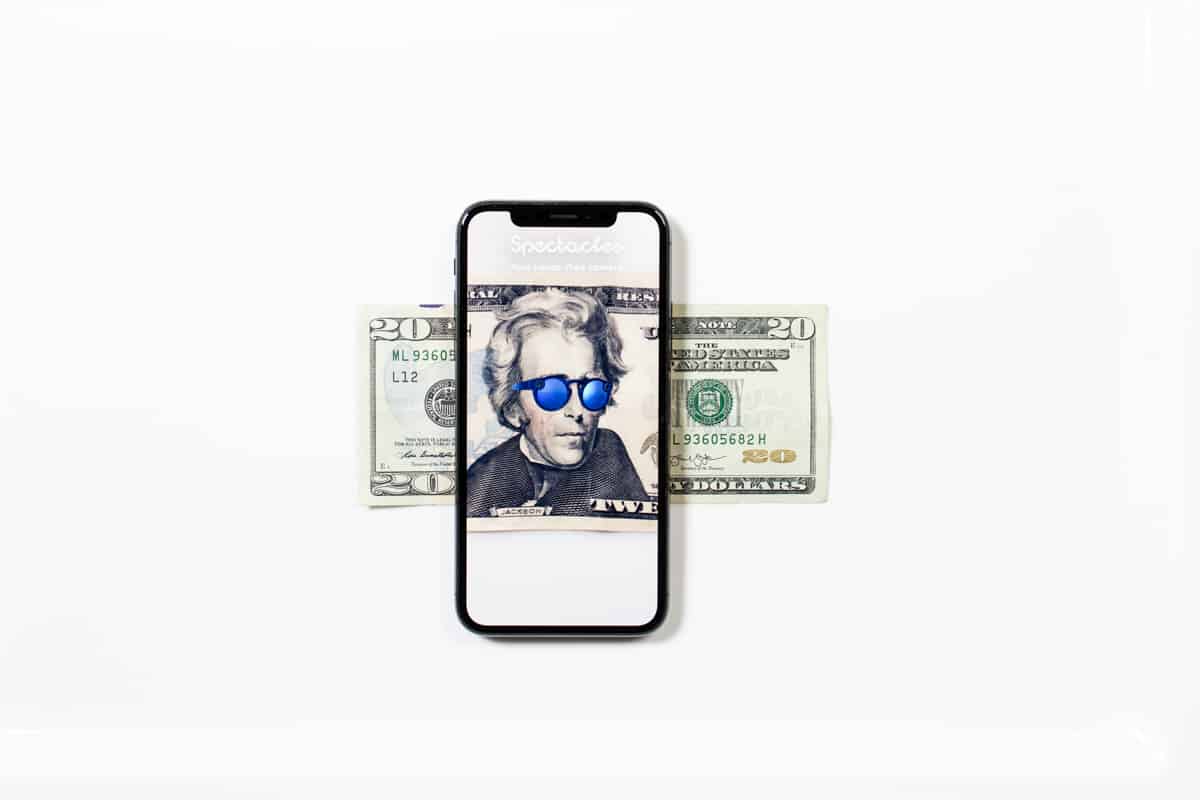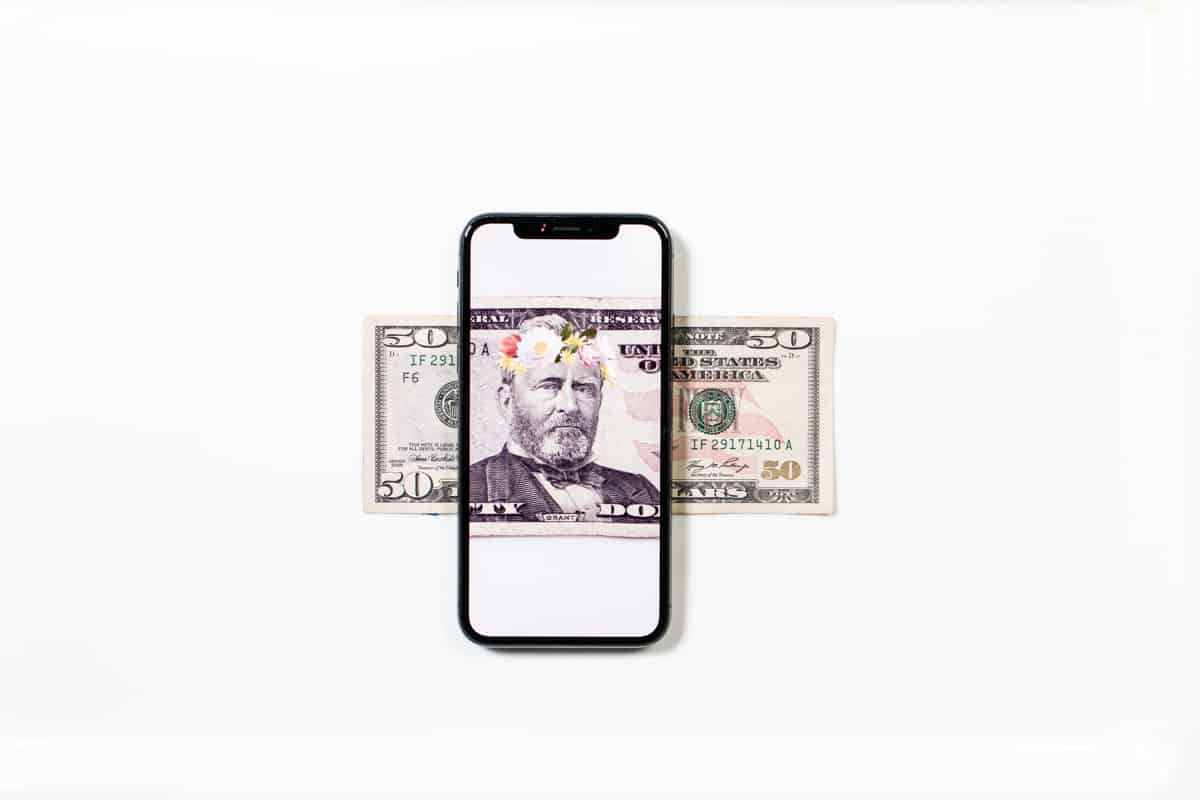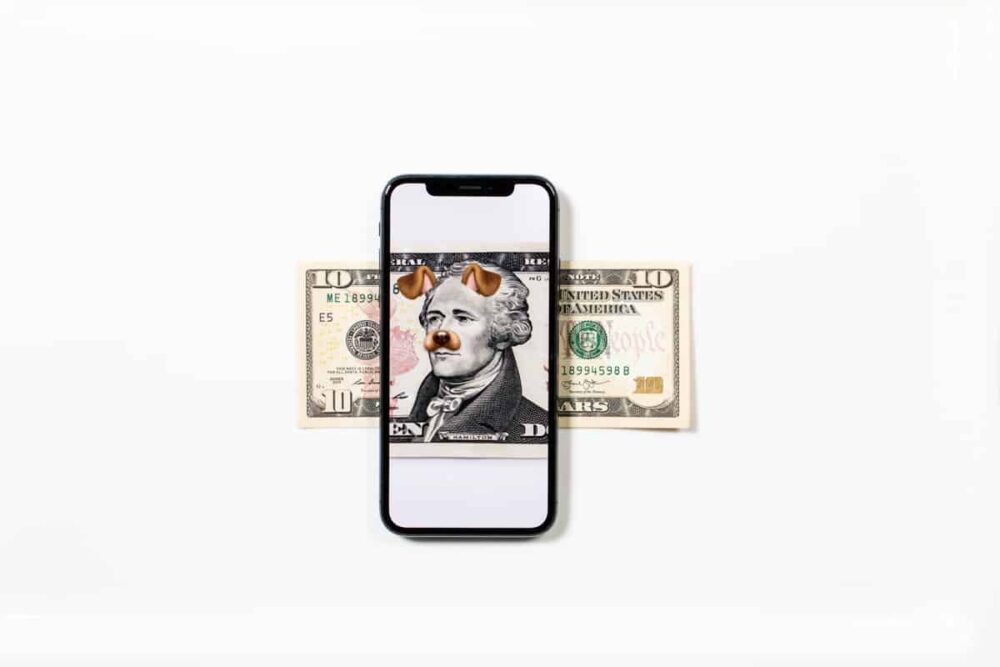Social media provides a direct way for brands and organizations to communicate with their current and future customers. From commenting on individual posts, to even using instagram messenger, for example, in the hopes of reaching out to various clients and brands to work with, the idea of connecting on social media has made it a lot easier for the majority of us. But the success of social media platforms coupled with the proliferation of influencers has moved us away from an ethos of free sharing to creators using their legal and moral rights to enforce their copyright.
Most copyright infringements are settled out of court, so there is a paucity of case law on specific violations in the social media realm. But that doesn’t necessarily reduce your risk of legal action if you do infringe upon someone’s copyright. U.S. Copyright Law allows statutory damages up to $150,000 per image for willful infringement, and it would be challenging to argue that explicitly stealing and posting an image to Instagram was anything but willful. Brands need to mitigate risk, and respecting copyright is a simple way to reduce the risk of expensive legal action. There are so many different rules and regulations that you need to follow and comply with and this can start to become confusing for internet and social media users. Especially with the growth and popularity that the internet brings. To make sure you adhere to these everchanging laws, you may want to think about getting in touch with an internet lawyer, similar to those who work at Cohen Schneider Law for any help and support you may need in these areas. By doing this, this can make the internet a safe place for businesses, as well as individuals.
Here are a few key tips to keep in mind while managing your corporate social media accounts.
Brands Want and Encourage Sharing (but that doesn’t make it legal)
Generating organic marketing hype is the holy grail for many brands. Social media can really amplify a marketing campaign in a more authentic way. And the overwhelming majority of brands probably don’t police (nor mind) if you take an image from their social media account and post it – even without credit. There are numerous curation-style Instagram accounts that simply aggregate other brands’ content sometimes without attribution and grow massive audiences with this approach.
But the reposter is probably infringing on someone else’s copyright.
Of course, there are practical considerations in pursuing infringement. A photographer is unlikely to sue a person with 500 followers on Instagram for stealing a photo. But a photographer might consider action if a commercial entity uses the photo, and rightfully so. A large fashion publication with 3 million followers recently reposted an image that appeared on a hotel Instagram account without permission or credit to the photographer – presumably believing that it was ok to repost a marketing image. But fans of the photographer Jamie Beck (@annstreetstudio) recognized the image and cried foul. Although the publication quickly removed the image and licensed another one from Beck to the satisfaction of both parties (and their followers), the incident was a prime example of how the appearance of content in social media isn’t a blanket license for others to use at will.

But What About “Fair Use”?
You may have heard the term “fair use” as a justification for using someone else’s intellectual property without permission or compensation. Indeed, U.S. Copyright Law has a legal doctrine for Fair Use, which is somewhat ambiguously defined. Section 107 of the Copyright Act poses the following four factors to evaluate the question of fair use:
- Purpose and character of the use, including whether the use is of a commercial nature or is for nonprofit educational purposes
- Nature of the copyrighted work
- Amount and substantiality of the portion used in relation to the copyrighted work as a whole
- Effect of the use upon the potential market for or value of the copyrighted work
Examples of commonly accepted fair use include, but aren’t limited to, educational purposes, criticism and satire. But even these usages can be more nuanced than at first glance. For example, a textbook publisher can’t use a photographer’s image of a shark without permission and claim fair use. But a photography critic can probably include a photo without permission if he/she comments specifically on specific aspects (e.g. technical qualities) of the image.
Every situation is somewhat unique, but if your content usage regularly relies on “fair use” as a defense for not acquiring a license, you’re probably breaking the law.
In the landmark case AFP v. Morel, the courts decided ruled that the news wire service Agence France Presse violated Daniel Morel’s copyright by distributing images he had posted on Twitter in the aftermath of the 2010 Haitian earthquake without his permission. Both AFP and Getty Images were found guilty of willful infringement and Morel was awards $1.2 million in statutory damages.
Although the details of the case are somewhat specific to the news distribution business, the main legal takeaway is that the appearance of an image in social media is not a license to use it without permission for any brand.

Although Instagram is a massive repository of over 40 billion photos, it is not a free stock photo site. In fact, their Terms of Use prohibit infringement of a third party’s rights:
“You represent and warrant that: (i) you own the Content posted by you on or through the Service or otherwise have the right to grant the rights and licenses set forth in these Terms of Use; (ii) the posting and use of your Content on or through the Service does not violate, misappropriate or infringe on the rights of any third party, including, without limitation, privacy rights, publicity rights, copyrights, trademark and/or other intellectual property rights; (iii) you agree to pay for all royalties, fees, and any other monies owed by reason of Content you post on or through the Service; and (iv) you have the legal right and capacity to enter into these Terms of Use in your jurisdiction.”
And their API Platform Policy prohibits violating other users’ rights. In 2015, Groupon was hit with a class action lawsuit for stealing location tagged photos from Instagram and using the images to promote those businesses with Groupon deals. Interestingly, the main claim wasn’t copyright infringement, but using a person’s likeness (aka rights of publicity) to promote a business without their consent.
Reposting
Even within the Instagram ecosystem, taking someone else’s photo and posting it to your account is a copyright violation. Photographer Catherine McGann sued musician Bruno Mars for taking an image she took of him as a child from her account and posting it to his.
Although many users accept a photo credit or tag as justification for stealing, it’s not legal.
Regramming
In its strictest definition, the process of “regramming” uses an app to allow users to repost from one Instagram account to another “with credit to the original.” The notion is that the inclusion of a repost icon somehow makes the action legal. It is not. A photo credit is neither a legal license, nor a valid form of compensation.
Disclaimer: This article does not constitute legal advice. Always consult with a lawyer.
Copyright Crash Course: What Marketers Need to Know
Want to learn more about copyright? Watch our on-demand webinar with PhotoShelter Co-Founder and Chairman Allen Murabayashi!
In this on-demand webinar, you’ll learn:
- What an image license is in relation to your brand’s content
- The dangers of using free content
- How to navigate copyright in the age of social media
- Lessons from copyright battles between brands and creators
- Tips for managing usage rights and a new solution from PhotoShelter that will help you navigate these complicated issues




